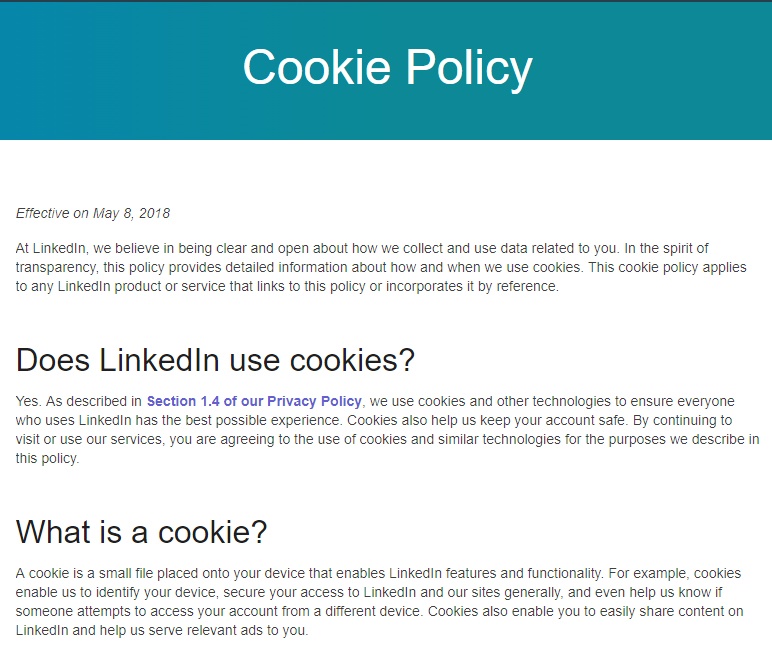Introduction
Millennial teachers are becoming a significant percentage of the current teaching population, bringing with them new ideas and perceptions about teaching. As a principal, it is essential to understand how to support and guide these young professionals to help them thrive in their careers. This article discusses seven strategies that principals can employ to bring out the best in millennial teachers.
1. Provide meaningful feedback
Millennial teachers are eager to improve and develop their skills. Consistently providing constructive feedback on their performance enables them to learn and grow professionally. Setting up regular check-ins and classroom observations can help identify areas where they excel and require further development.
2. Encourage work-life balance
Millennials highly value a proper work-life balance. Principals can encourage this by promoting healthy boundaries between work and personal life, implementing flexible working hours, and offering emotional support when needed.
3. Embrace technology
Millennial teachers have grown up with technology at their fingertips, making them adept at using it in their teaching practice. Provide opportunities for these teachers to explore new edtech tools, participate in professional development focused on technology, and involve them in discussions about integrating technology into the classroom.
4. Offer meaningful professional development opportunities
Principals should provide millennial teachers with relevant professional development opportunities that align with their interests, strengths, and areas of growth. This will not only improve their skills but also communicate that their career progression is valued.
5. Foster collaboration
Create an environment where collaboration is encouraged and facilitated among staff members. This could involve setting up regular team meetings, promoting shared resources among teachers, or offering training on effective collaboration techniques.
6. Empower leadership roles
Many millennial teachers aspire to take on leadership positions within their school community. Principals can foster this desire by offering leadership opportunities such as mentoring new teachers or heading a committee on campus.
7. Value and acknowledge their achievements
Finally, it is vital to recognize and celebrate the achievements of millennial teachers. This can be done through both formal (awards or certificates) and informal (verbal praise or gestures of appreciation) means. By acknowledging their contributions and valuing their work, principals can help boost motivation, morale, and overall satisfaction among this group of teachers.
Conclusion
In conclusion, by understanding the needs, values, and aspirations of millennial teachers, principals can create a supportive environment that enables them to excel in their roles. By providing meaningful feedback, fostering work-life balance, embracing technology, offering professional development opportunities, promoting collaboration, empowering leadership roles, and recognizing achievements, principals can effectively bring out the best in millennial teachers.











